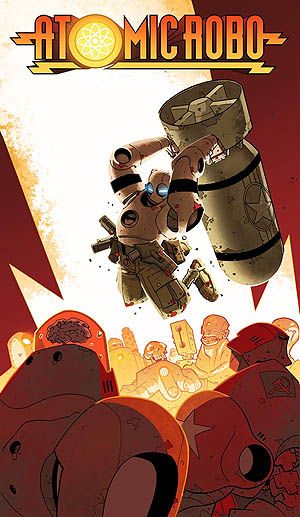
As much as possible, I support my local comics & gaming store. The perfect combination, as far as I’m concerned, is a little shop in Doylestown called Cyborg One. Now, it’s not necessarily as local to me as, say, Comics & More in the King of Prussia mall, or the Alternate Universes gaming store in Blue Bell, but Cyborg has a neat and diverse selection, runs great events, and is staffed by very cool people. When I go there for Magic-playing, be it some casual Commander or full-on FNM, I sometimes come home with a graphic novel or two.
The Sandman
Reading one of the seminal works of vagabond genius Neil Gaiman has been a long time in coming. He’s never been afraid to mess with our perceptions of beings and concepts far bigger than the individual (American Gods, Good Omens, etc) and The Sandman, written for DC Comics in the 80s, matches his always proficient and often amusing or touching words with fascinating and often reality-warping art. The stories center around Dream of the Endless, also called Morpheus among other names, who rules the realm all mortals visit when they sleep.
Each graphic novel is a self-contained story arc, but as they progress we are introduced to more denizens of Dream’s kingdom as well as his fellow Endless – his dolorous elder brother Destiny, the capricious Desire and its negative twin Despair, Delirium, and his elder sister, Death. He also is seen dealing with the mortals who give life to his realm, and other creatures that dwell in otherworldly spaces, from fallen angels to old gods. I don’t want to give anything away, as Gaiman is perhaps at his best when you don’t know what to expect, but suffice it to say his stories will charm you, disturb you, delight you, and move you. Each of the graphic novels in The Sandman series are well worth your money.
Transmetropolitan
In the future, man will transcend his human form to become a new form of life. Well, at least some will. Others will be happy to make it to work without getting shot by a horrible bio-toxin bullet or pop down to the corner food stand for a bucket of baby seal eyes. It’s life in The City, a seething metropolis of festering urban decay, wealth disparity, political corruption, and religious proliferation. And gazing upon the City with an acerbic, unblinking, profane, and poignant eye is outlaw journalist Spider Jerusalem. At least, he was, until he ran off to live up a goddamn mountain. He’s summoned back to complete a book deal he’d tried to forget about, and in the process gets wrapped up in the upcoming presidential election.
Transmetropolitan opens with Spider getting called back to the City he hates, which is also the only place he can actually write. A big reason for this particular series being successful is Spider himself, who is basically Hunter S. Thompson in the not-too-distant future and carrying a truckload of guns instead of drugs. While set in the future, more often than not Spider’s invective is not only focused on the people around him, but the people around us, and often including us. Rants on police brutality, religion, mass media, and others bleed from the pages and call us to the mat to look at our hypocrisy and ignorance head-on. And we also get stoned AIs, bowel disruptors, smoking cats, and perhaps the coolest pair of shades you’ll ever see. It’s weird, hilarious, disturbing, and wonderful reading.
Atomic Robo
In 1928, Nikola Tesla created the world’s first automatic intelligence, placing it within a humanoid robotic body. Highly resilient to damage of all kinds, this artificial person was raised just as much on pulp stories as he was on science, and proceeded to become an invaluable asset to investigations into the realms of weird phenomena and super-science. He’s smart and tough, compassionate and funny, a stand-up guy who can face down genius dinosaurs and brain-in-a-jar automatons without blinking his glowing eyes. He is Atomic Robo.
To paraphrase Wizard Magazine, Atomic Robo is what you’d get if you were put equal parts Indiana Jones, Iron Man, and Rocketeer into a machine driven by Tesla coils and possibly a forsaken child. The writing by Brian Clevinger of 8-bit Theatre fame is snappy and on-point, succinct and punchy without skimping on details or characterization. Most of the art is by Scott Wegener and jumps right off the page. It’s a delightfully pulpy take on action and super-science, with decent characterization and legitimate laughs.
That’s what I’ve been reading. As to what I’ve been writing… tune in tomorrow.



Leave a Reply